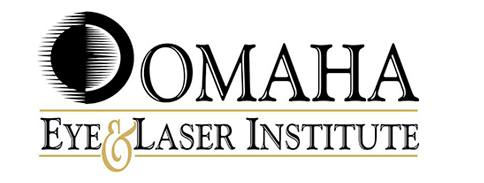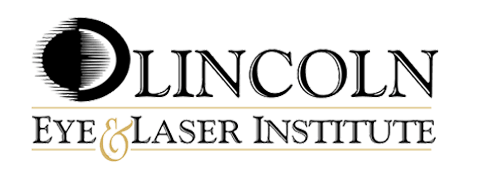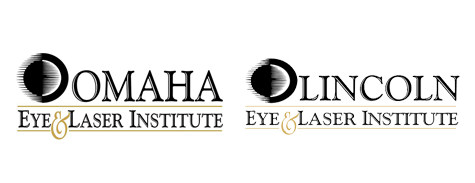
As you age, your vision starts to lose sharpness. This is a natural part of aging.
Presbyopia occurs when your vision loss hinders your ability to see up close. Presbyopia develops gradually, over the course of your life.
Most patients begin to experience symptoms of presbyopia around the age of 40. Keep reading to learn if this is something that should concern you!
Symptoms of Presbyopia
The most noticeable symptom of presbyopia comes when you are reading small print. This smaller print may be blurry up close.
As a result, you may find yourself reading magazines, newspapers, or books with an outstretched hand. This is a sign that you might have presbyopia.
Other symptoms of presbyopia include eyestrain. This can lead to headaches. These symptoms are most noticeable when you are reading up close, studying, or doing some work on your computer.
Symptoms of presbyopia can become worse in dim light, as well as when you are tired.
Presbyopia is not life-threatening. The symptoms are manageable if you use reading glasses or regular prescription glasses.
An eye exam is the only way to properly diagnose presbyopia. Talk with your eye doctor about the best form of treatment for your symptoms.
Causes of Presbyopia
Presbyopia develops when the lens hardens in your eye, making it less flexible. The lens is part of your eye that filters light as it passes through your cornea.
A healthy lens is flexible. The flexibility of the lens is aided by the circular muscle. When you focus on something far away, your circular musical relaxes.
This loosens the lens and allows it to curve. This helps you see the distant object more clearly. When you focus on something up close, the circular muscle tightens. This allows your lens to help you see clearly up close.
When your lens becomes hard, it loses its flexibility. This means that it can no longer curve to focus on up-close objects. This can make it difficult for you to see clearly up close.
Presbyopia Risk Factors
There are a few factors that can put you at a higher risk of presbyopia. The most common is the natural aging process. Presbyopia symptoms typically first appear around the age of 40.
Being farsighted can also increase your risk of presbyopia. Being farsighted means that you can see more clearly at a distance.
When you’re nearsighted, you’ll see more clearly up close. People who are farsighted tend to naturally see things up close less clearly. Presbyopia makes this less clear vision more severe.
Prescription Drugs
Certain prescription drugs like antidepressants, antihistamines, and diuretics can also increase your risk of presbyopia. These drugs have also been linked to cases of premature presbyopia.
Having regularly scheduled eye exams are the only way to diagnose presbyopia. If caught early, your doctor can adjust your eyeglasses or contact prescription.
This can save you from headaches and eyestrain that come with presbyopia. Your doctor might also determine your candidacy for a procedure to treat presbyopia like a refractive lens exchange.
Worried you might be experiencing presbyopia? Schedule an appointment at Omaha Eye & Laser Institute in Omaha, NE today!





